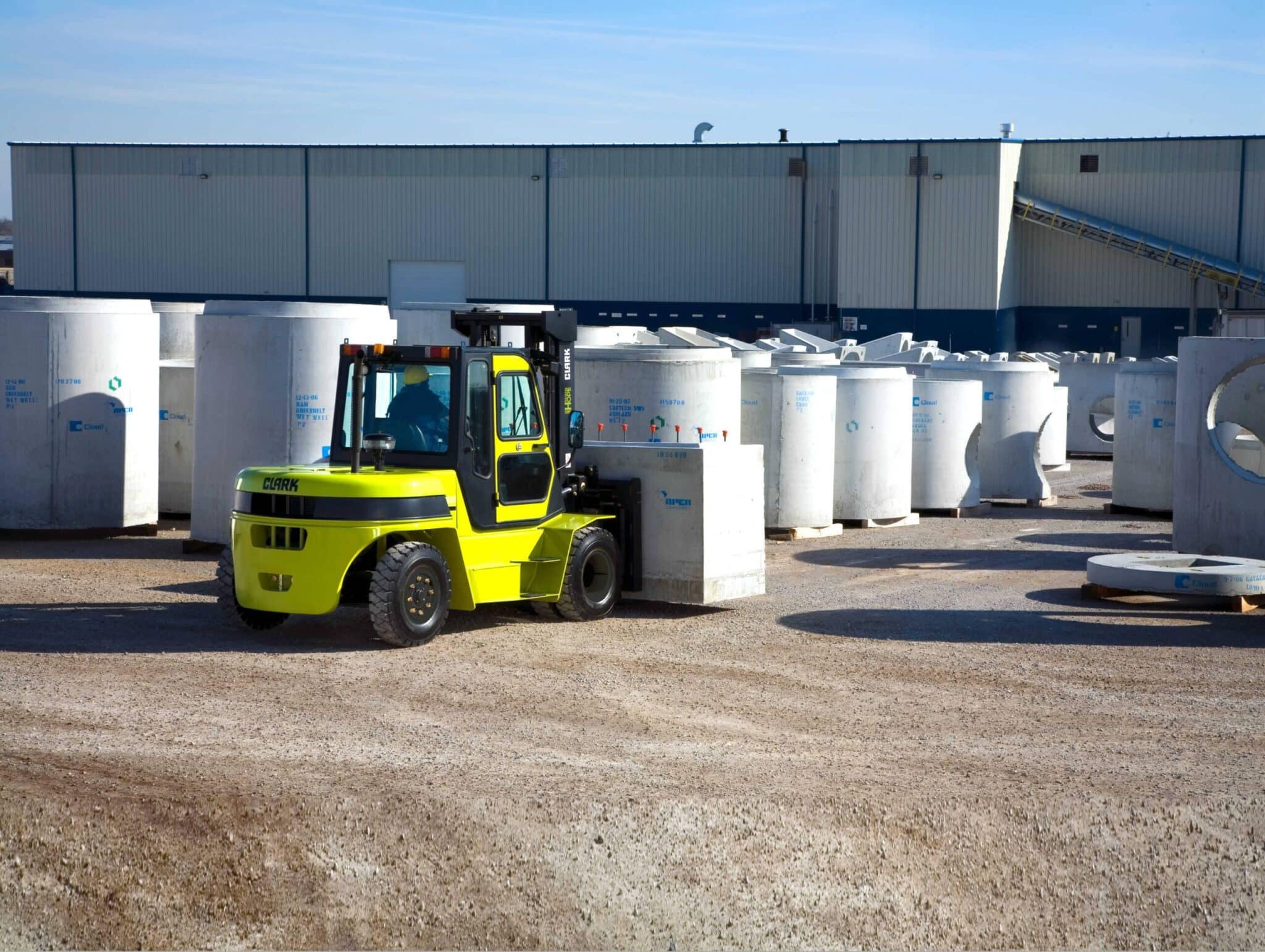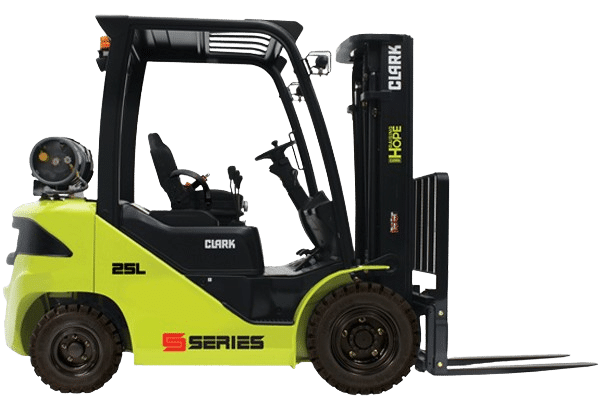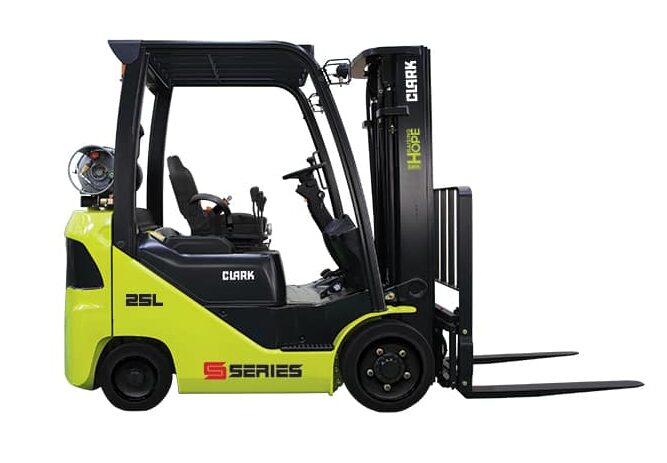JULY 2025
Cushion vs. Pneumatic: Why Forklift Tire Type Matters More Than You Think
What’s the difference between these two tire types, and what you should consider when making a purchase?

Cushion tires are made of solid rubber and are typically fitted to forklifts designed for smooth, indoor surfaces. They offer a smaller turning radius, making them ideal for navigating tight warehouse aisles. They’re also more compact and usually cost less upfront. On the other hand, pneumatic tires are either air-filled or solid rubber and are built for outdoor use on rough or uneven terrain. They provide better shock absorption and a smoother ride, especially when hauling loads over gravel, asphalt, or broken pavement.
If you’re operating in a traditional indoor warehouse environment with smooth concrete floors, cushion tires may be the obvious choice. They’re easier to maintain and don’t require inflation. However, they can’t handle rough surfaces and are more prone to damage if used outside. This is where pneumatic tires shine. They’re more rugged and provide added traction and stability outdoors, but they come with a higher cost and more maintenance, especially if you’re using air-filled versions that can go flat or require regular pressure checks.
So why does this decision matter so much?
First, there’s safety. Using cushion tires in an outdoor environment can lead to dangerous instability, especially when turning or lifting on uneven ground. This increases the risk of tipping accidents or product damage. Pneumatics, with their greater ground contact and shock absorption, help maintain stability in less-than-ideal conditions.

CLARK Pneumatic Tire Forklift

CLARK Cushion Tire Forklift
Second, the wrong tire can wear out much faster than expected. Pneumatic tires used inside on smooth floors tend to scuff and wear down your flooring. Conversely, cushion tires used outdoors will break down quickly, leading to premature replacements and avoidable downtime.
Finally, there’s the issue of total cost of ownership. While cushion tire forklifts often have a lower initial cost, if you use them in the wrong environment, you’ll be spending more in maintenance, tire replacements, and potentially repairs to the forklift itself. Solid pneumatic tires tend to last longer and require less frequent replacement, making them a worthwhile investment for demanding applications.
Many operations managers assume that tire choice is secondary to more obvious specs like lift height or power source. But the truth is, using the wrong tire for your specific application is one of the most common—and costly—mistakes companies make with material handling equipment.
If you’re running a high-turnover warehouse where space is tight, cushion tires are likely the way to go. If your forklifts spend time outdoors or transition between indoor and outdoor environments, solid pneumatic tires will give you the best of both worlds: durability, comfort, and fewer maintenance headaches.
In short, don’t treat tire selection as an afterthought. Choosing the right tire type for your forklift will improve safety, extend the life of your equipment, and ensure your operation runs as efficiently as possible.
If you’re unsure which tire type is right for your facility or fleet, our team can help you evaluate your options.
Reach out today or call (407) 859-8750 for a consultation tailored to your operating environment and usage needs.
